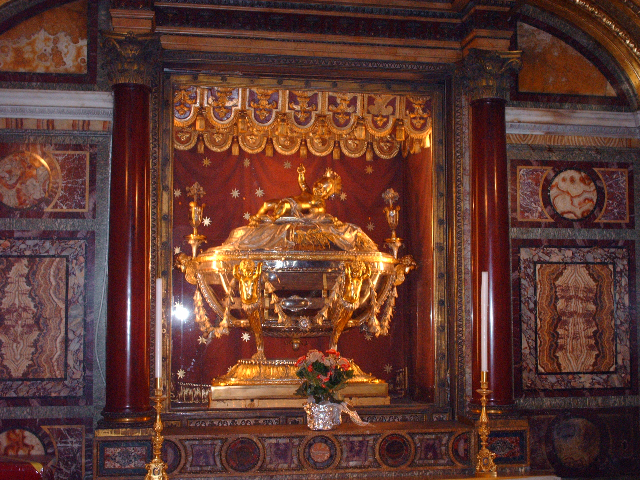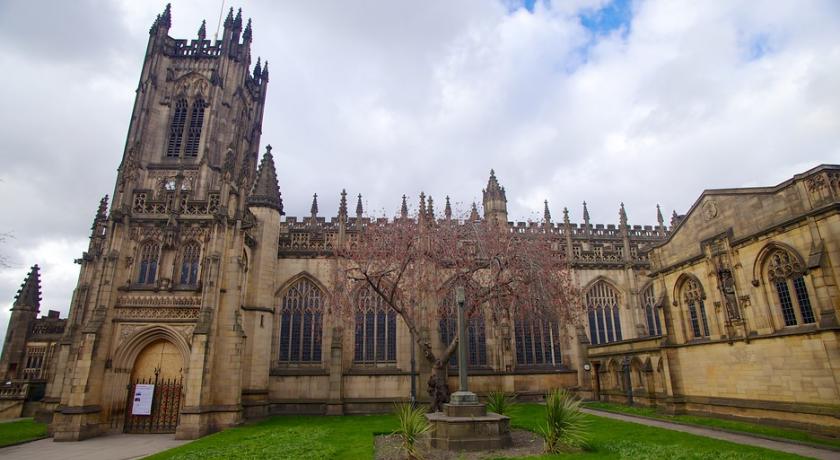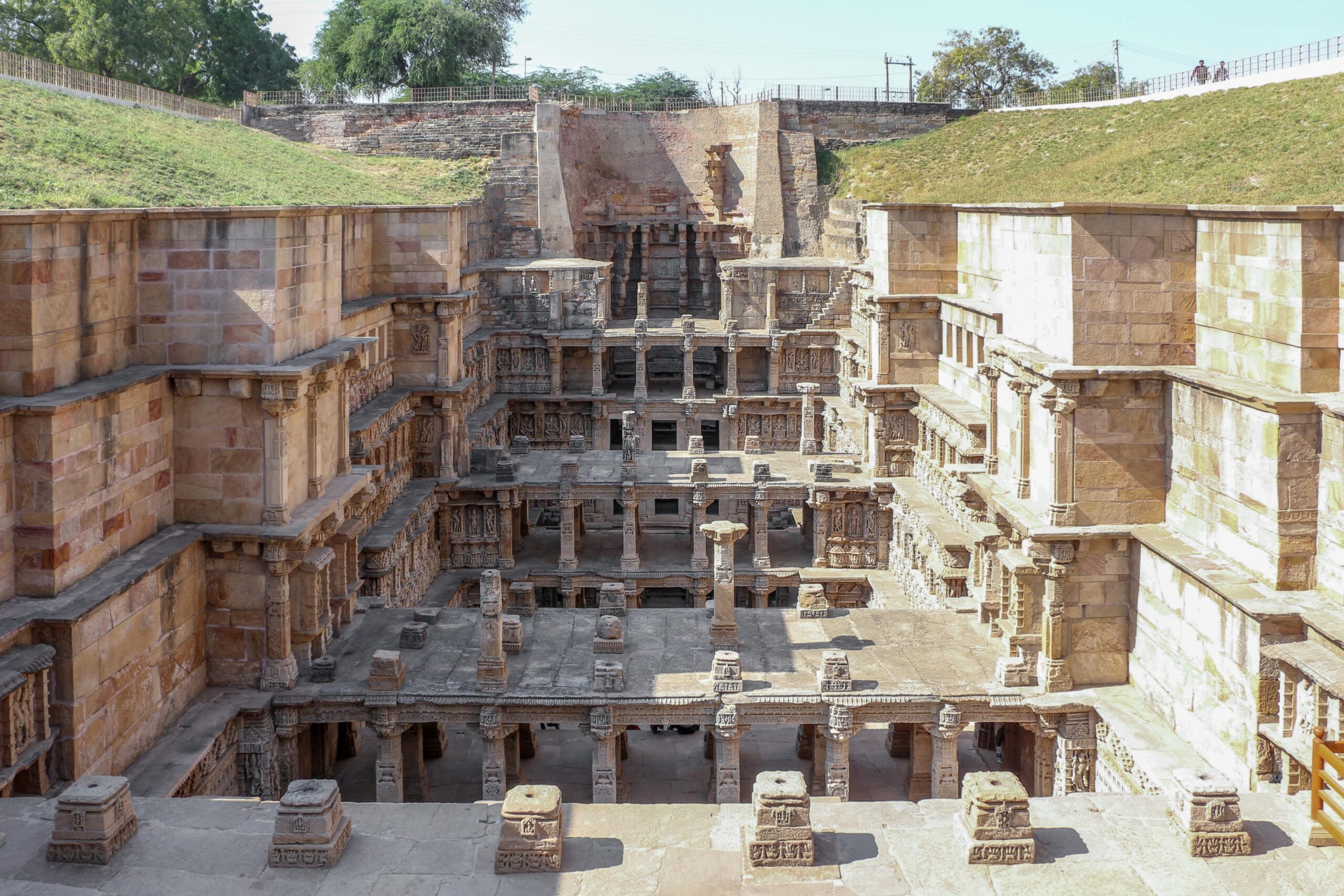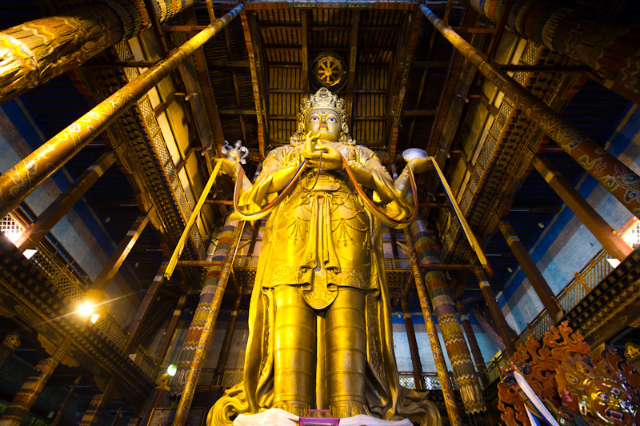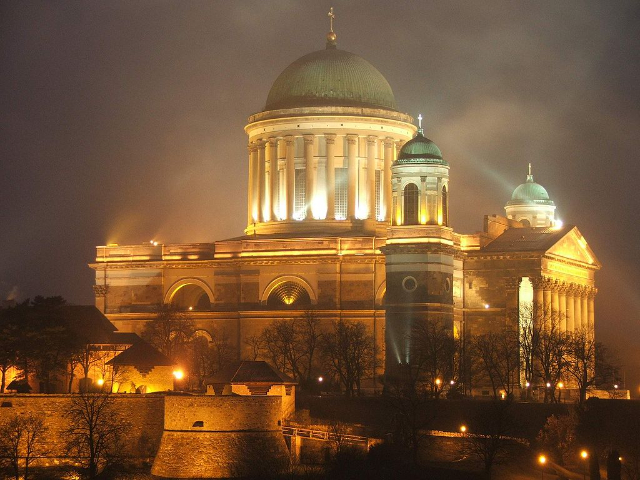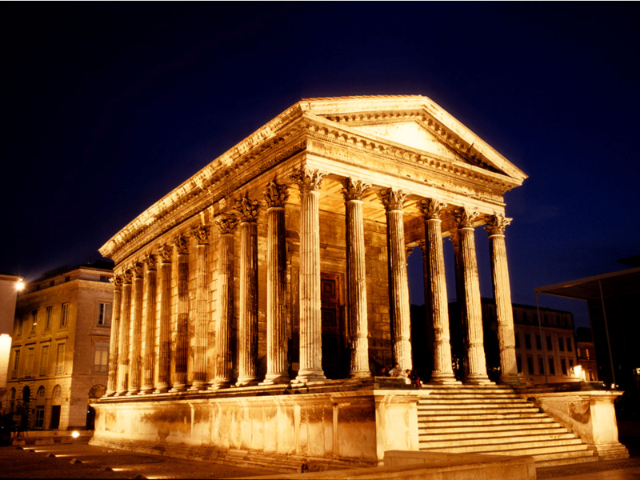<p>Evidence of the manger is found in verse seven of chapter two of Luke’s Gospel, in a passage that encapsulates the meaning of Christmas, since it cheers up children and moves adults: "Mary gave birth to her firstborn son, wrapped him in swaddling clothes and laid him in a manger, because there was no room for them in the inn". The image of a caring mother, who lays the fragile body of her newborn child in a makeshift cradle made out of a manger, opens the heart of every person. This image must have particularly moved a pope, Sixtus III, who in 432 decided to build inside the primitive basilica of Santa Maria Maggiore a "cave of the Nativity" similar to Bethlehem. The Basilica then took the name of Santa Maria ad praesepem, which in Latin means precisely crib, manger. It was the first crib in history, the object of such popular devotion that many believers, returning from pilgrimages to the Holy Land, brought as gifts what are believed to be the precious fragments of the wood of the famous manger that welcomed the Child Jesus, still kept in a reliquary with the name of Sacra Culla (cunabulum). The idea of placing these wooden relics in a tabernacle first came to Gregory XI (1370-78), more than a century after the spread of the custom launched in Greccio by St. Francis of Assisi of making the crib in the homes. The reliquary of Gregory XI, however, was destroyed in the eighteenth century, during the renovation work on the main facade of the Basilica. Therefore, a new one was made, which lasted a few decades, until it was stolen by the Napoleonic troops during their occupation of the city in 1798-99. It was then necessary to make another intervention, which took place thanks to the donation of the duchess Maria Emanuela Pignatelli, ambassador of Portugal. The reliquary that still preserves the five maple laths was made by Giuseppe Valadier. A very valuable work: on a wooden plinth painted by hand, there is a parallelepiped base in silver with four bas-reliefs. The front side depicts the crib, the back side the Last Supper, the minor sides the flight into Egypt and the adoration of the Magi. On this elegant base rests the crystal reliquary in the form of a cradle, supported by four golden cherubs. Finally, the representation of a straw ground on which the blessing Child is laid in almost natural size surmounts the whole realization. The reliquary is located under the high altar, in the niche at the back of the confessional. In the past, during the Christmas festivities, the Holy Cradle was moved to the central nave, to allow the many believers to venerate it. Over the years, however, the poor state of preservation of the remains has convinced the chapter of the Basilica to avoid the move, which now takes place only during the Midnight Mass. A choice that has interrupted a consolidated tradition, but that does not prevent the devout Romans from continuing to come in droves near the Sacred Cradle, especially but not only during the Christmas period, to genuflect in its presence. But in Santa Maria Maggiore there are also other objects of deep religious value. Inside the museum of the Basilica, in fact, is preserved the oldest crib still visible, made in 1288 by Arnolfo di Cambio on commission of Pope Nicholas IV. In addition, at Christmas 2007, the panniculum was recovered from a room not open to the public. This is a hand-sized piece of cloth that, according to tradition, is a portion of the swaddling clothes with which Mary wrapped the Baby Jesus, and which is now kept in a reliquary of great value donated by Pius IX. Two elements that strengthen even more the strong bond, of which the Holy Cradle is the apotheosis, that exists between the crib and Santa Maria Maggiore. Santa Maria ad praesepem, in fact. (article from Zenit)</p>
